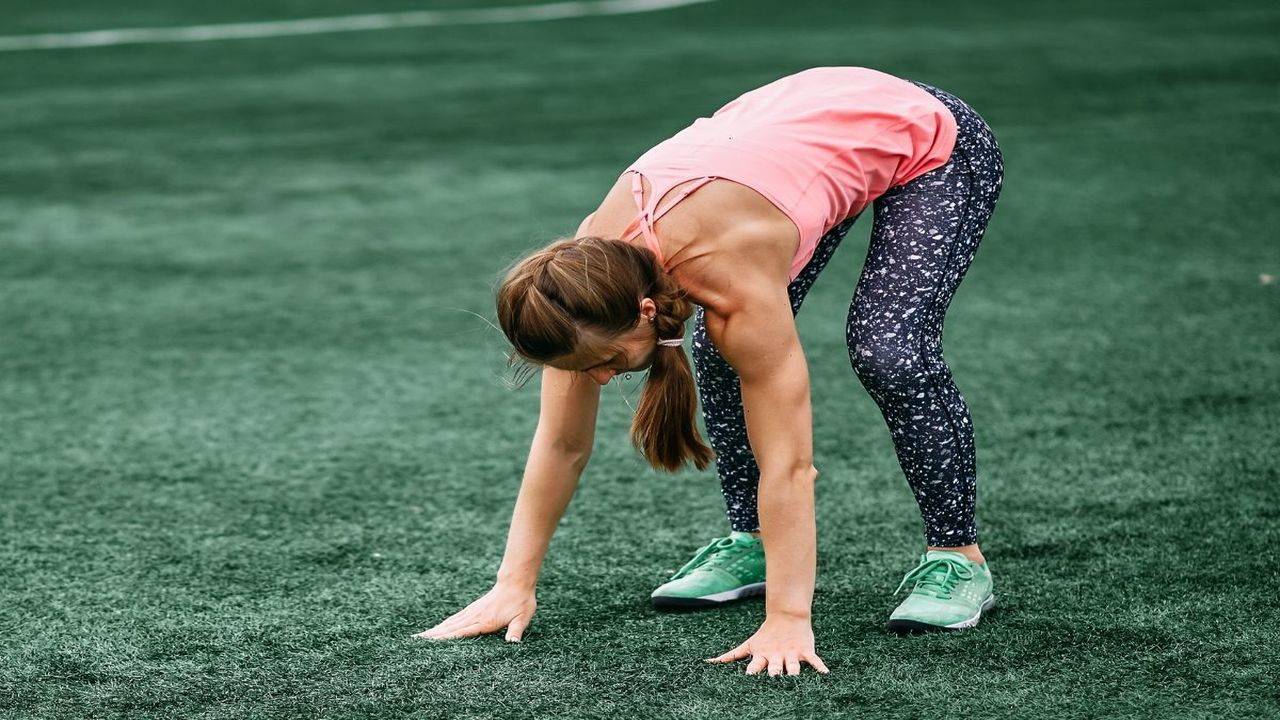Let’s be honest. We all want a tighter, flatter stomach—but not everyone has time for endless crunches or high-intensity cardio. That’s where stomach vacuuming comes in. This old-school, low-effort, no-equipment abdominal technique is making a serious comeback. And for good reason.
It’s quick. It’s sneaky (you can literally do it while watching Netflix or waiting in line). And people are reporting real results—like losing up to 3 inches in just 3 weeks.
If you’re curious, skeptical, or ready to start, this guide breaks down everything you need to know.
What Exactly Is Stomach Vacuuming?
Stomach vacuuming is an isometric exercise that targets your transverse abdominis—the deep core muscle that acts like a natural corset, holding your stomach in.
It’s not about moving or crunching. It’s about pulling your belly button inward toward your spine and holding that contraction. That’s it. Sounds simple, right? But done consistently, it’s incredibly effective at tightening your waistline and improving core control.
This move isn’t new, by the way. It’s been around for decades—used by old-school bodybuilders like Arnold Schwarzenegger to create that tight, pulled-in look around the midsection.
How Does It Work?
Here’s the science. The transverse abdominis (TVA) lies beneath your six-pack muscles and runs horizontally around your midsection. Think of it like a belt that supports your core, spine, and posture.
When you perform stomach vacuuming:
- You activate the TVA
- The muscle contracts and strengthens
- Your core becomes more engaged, even when you’re not exercising
- Over time, it “pulls in” your belly like a natural waist trainer
Most people focus on surface-level ab exercises like crunches, which target the rectus abdominis. But if you want real core control and a slimmer waist, you need to train the deep core—and vacuuming does exactly that.
Stomach Vacuuming Benefits
Here’s what makes this exercise worth your time:
Reduced Waist Size
Regular practice can lead to a visible tightening of the midsection. Many people report losing 1 to 3 inches in 2–3 weeks without changing diet or workout routines.
Improved Core Strength
Your TVA supports your spine. Strengthening it helps with posture, balance, and even lower back pain.
Better Posture
As your core strengthens, your spine naturally aligns better. You’ll stand taller without even trying.
Flat-Tummy Look (Even at Rest)
This isn’t just about pulling in while you’re exercising. After consistent practice, your stomach stays naturally tighter throughout the day.
No Equipment or Space Needed
You can do this anywhere—sitting, standing, lying down. No sweat, no mat, no gym.
How To Do Stomach Vacuuming (Step-by-Step)
Here’s the classic method to start with:
Position: Standing or Lying Down
Step 1: Stand tall or lie flat on your back with knees bent
Step 2: Exhale all the air out of your lungs
Step 3: Pull your belly button inward and upward, like you’re trying to make your stomach touch your spine
Step 4: Hold the contraction for 15–20 seconds
Step 5: Breathe normally while maintaining the hold (yes, it takes practice)
Step 6: Relax and repeat
Start with 3 sets of 20 seconds. Work your way up to 3–5 sets of 60 seconds as you progress.
When Should You Do It?
First thing in the morning on an empty stomach is ideal. But you can also sneak in a few reps:
- While brushing your teeth
- Sitting at your desk
- Waiting at a red light
- Watching TV
- Between sets at the gym
Doing it 2–3 times per day speeds up the results.
What Results Can You Expect?
Here’s a rough timeline based on most users’ experiences:
- Week 1: You’ll feel stronger in your core and notice better posture
- Week 2: Clothes might start to fit a little looser around the waist
- Week 3: You could lose up to 2–3 inches from your waist (visually and in measurement)
Keep in mind, results depend on consistency. If you’re doing it 2–3 times a day, even for just a minute each time, you’ll feel the difference fast.
Common Mistakes To Avoid
Like with any exercise, form matters. Here are a few mistakes beginners often make:
- Holding breath the whole time: You should exhale first, then breathe shallowly during the hold
- Arching the lower back: Keep your pelvis neutral
- Forcing the movement: It should feel like a controlled contraction, not a gut-wrenching suck-in
- Only doing it once in a while: This move works best with frequency and consistency
Bonus Tips for Even Better Results
Want to accelerate your progress? Pair stomach vacuuming with:
- A clean, high-protein diet
- Hydration (bloating often hides your progress)
- Light cardio (like walking or yoga)
- Other deep core work like planks or bird-dogs
It’s not about replacing your workouts. It’s about adding a highly targeted move to reinforce your results.
Who Should Be Cautious?
Stomach vacuuming is safe for most people. But if you’re pregnant, have a hernia, or any serious abdominal injury, consult a doctor first.
Real People, Real Results
Many people online and in fitness circles swear by it. Here are just a few anecdotal stories:
- A fitness coach reported a 2-inch waist reduction in 10 days, just by doing 5 minutes of vacuuming each morning
- A new mom said it helped her regain core control after pregnancy when crunches weren’t an option
- Busy professionals say it’s their go-to “secret weapon” when they can’t make it to the gym
Final Thoughts: Try It for 3 Weeks
If you want a no-excuse, no-equipment way to tighten your core and visibly slim your waist, stomach vacuuming is a habit worth forming.
It takes less time than scrolling social media. It doesn’t require workout gear. And it can deliver inch-loss in just a few weeks with no real downside.
You don’t have to give up your other training, either. Just add this simple move to your daily routine and watch what happens.










